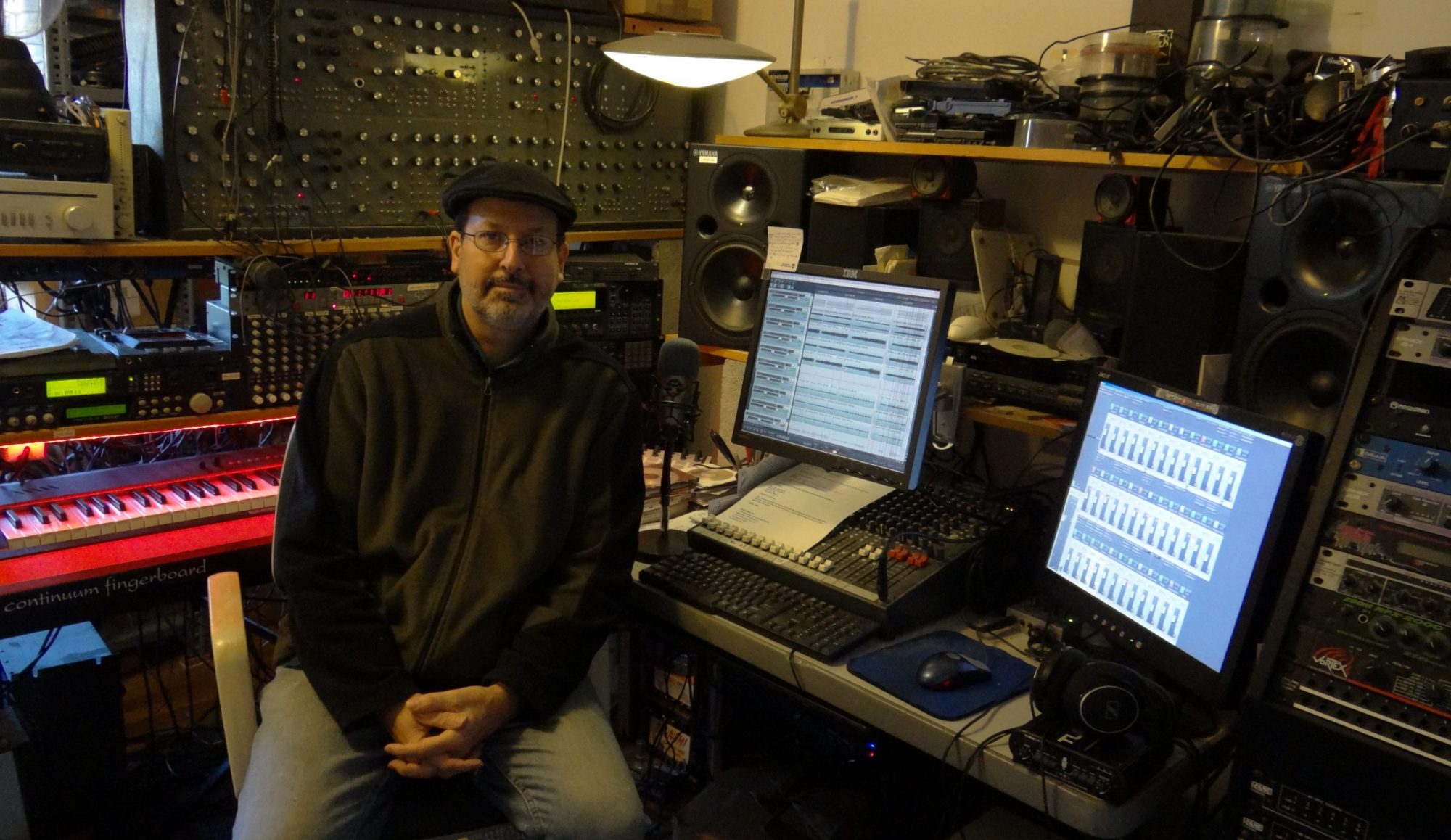I wrote this article in early 1987. It was published in Americal Fireworks News, a fireworks industry newsletter, and republished by them in a book, The Best of AFN II. It’s of interest to those who make fireworks or are interested in how fireworks are made.
Building fireworks is dangerous. There are details and many industry safety rules which are not covered here as readers of the original publication were assumed to already know them. The author is describing his own experiences, urges following all applicable laws, does not advocate building any fireworks, and assumes no liability for anyone attempting to do so. This article is for informational, entertainment, and historical purposes only.
FYI, the title refers to the sound, not the smell. The smell, in fact, is no worse than other fireworks and this reminds me of the one-time antique motto of the Pyrotechnics Guild International, “He who hath once smelt the smoke is ne’er agin free.”
Flatulent Fireworks
by John Schwenk
In the course of experimentation I have discovered what is, at least for me, a new type of firework effect. If a sodium salicylate whistle composition is charged directly atop a nozzle rather than allowing an open unchoked length of tube as in a whistle, a curious “rat-a-tat” or sputtering sound occurs that sounds much like a machine gun or a rapid series of perfectly timed lady fingers. After a moment, the rate of the sputtering falls and the sound becomes “whooshier,” resembling a ruder sound with which we are all familiar, before degenerating altogether into a simple red spray. It is an unusual effect that could have many applications. Examples include use as a kick-off at the top of a fountain or glued to a shell to be heard during the ascent. A shell break full of these little sputterers would surely be a crowd-pleasing surprise.

The device is pictured in figure 1. The parameters shown are Nozzle Width (A), Nozzle Length (B), and Case I.D. (C). The first device I prepared had A = l/8”, B = 1/4”, and C = 1/2”. To explore the range of effects that this type of device might yield, I prepared a series of test devices in which each of these three parameters was varied in turn while keeping the others constant at some nominal value. The values that the experimental devices were given appear below.
(A) Nozzle Width: 1/8, 3/16, 7/32, 1/4, 1/2”. With B = l/4” and C = 1/2” kept constant.
(B) Nozzle Length: 1/4, 3/8, 1/2, 3/4”. With A = 1/8” and C = 1/2” kept constant.
(C) Case ID: 1/2, 3/4, 1, 1-1/2”. With A = 3/16” and B = 1/2” kept constant.
For all the devices, Ventex was used for the nozzle, the composition was 2:1 sodium salicylate/potassium perchlorate [by weight] and ignition was achieved by embedding safety fuse into the composition without priming.
Widening the nozzle (A) to 1/4” lowered the rate of the sputtering somewhat but the effect did not last as long. In general, variation of the parameters resulted in either no significant change, a spray without sputtering, or an explosion of the case. From these preliminary data, it seems that the basic effect produced by the initial device cannot be significantly modified, at least by these means. Perhaps a different whistle composition would yield variation.
Based on timing data, It appears that, with the initial device, only 1/2” to 3/4” of composition burns before the effect wears out. There doesn’t seem to be any reason for charging more than this amount of whistle composition since the simple red spray that results is relatively uninteresting. The effect lasts for a total of about five seconds.
This would appear to be a novel and interesting effect that could prove useful in many areas of the fireworker’s art. I would be interested in hearing from anyone who already uses this effect, can expand upon it, or who can offer an explanation of why it works beyond simply that the nozzle lowers the oscillation frequency of the reaction. Write to me [here].
